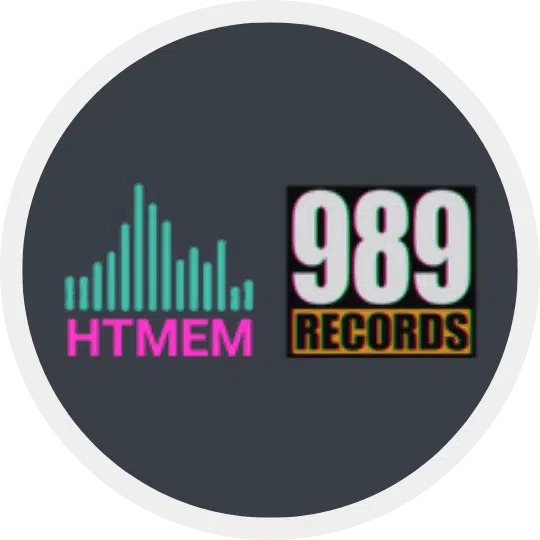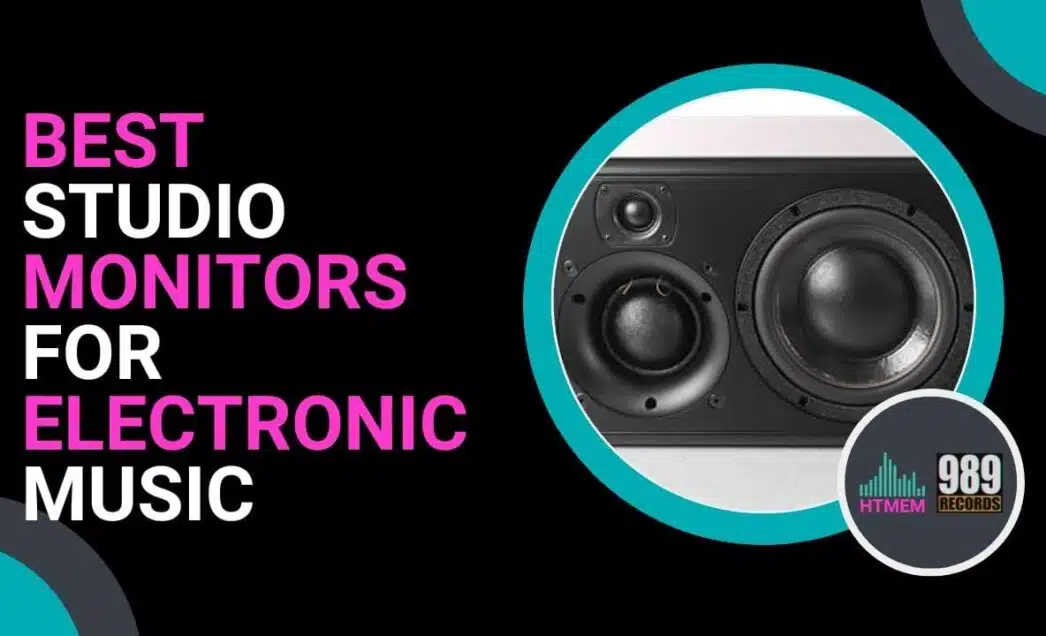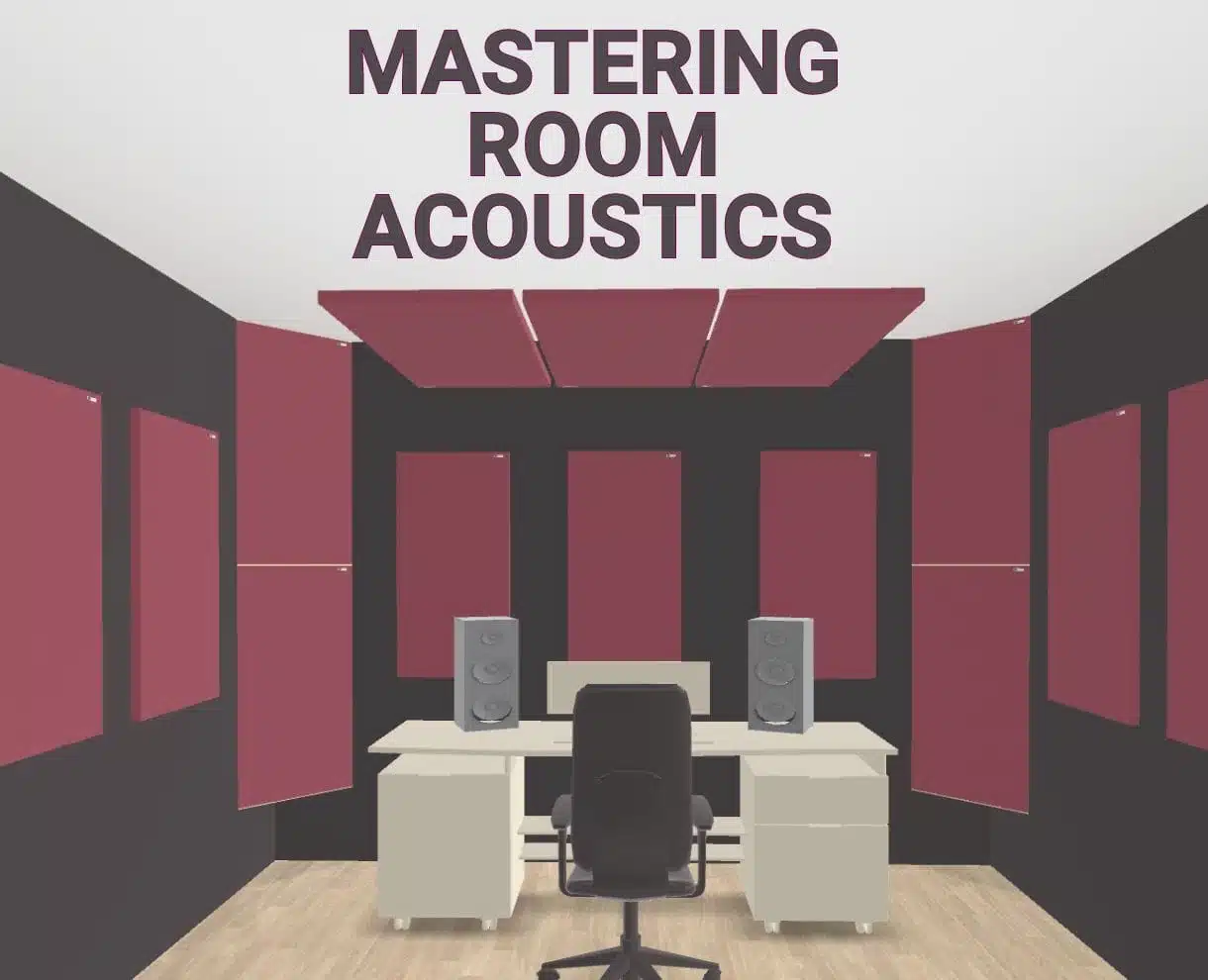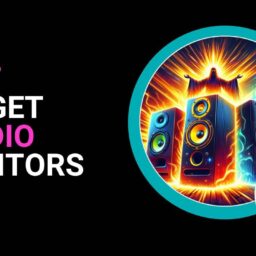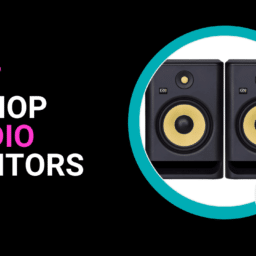Studio monitors are essential for producing music, guaranteeing that every detail of your music is accurately represented (or better, translated). With the right studio monitors, you have the proper tools to unlock the full potential of your music production. So, choosing the right monitors can make all the difference.
Let’s now understand what makes studio monitors essential and how to pick the perfect pair for your needs.
Understanding Studio Monitors
Unlike regular speakers, studio monitors deliver a flat frequency response, ensuring every nuance of your music is heard as intended. A flat response prevents issues like hearing too much bass, which can lead to incorrect mixing decisions. This accuracy is vital for mixing and mastering, allowing producers to create high-quality music that translates well across all listening environments.
Without the colorations found in consumer speakers, studio monitors provide the precise sound necessary for serious production work.
Key Features to Look For
When searching for studio monitors, prioritize:
- Audio Quality
- Build
- And Frequency Response
Models like the PreSonus Eris E5 and Yamaha HS5 are celebrated for their very good sound and robust construction, and as active monitors, they simplify connections with built-in amplifiers.
A great build not only enhances longevity but also ensures the monitors deliver consistent performance. Remember, the clearer the sound, the better your music will shine!
Top Studio Monitor Brands
Some brands stand out in the world of studio monitors, known for their commitment to quality and innovation. ADAM Audio is another leading brand, known for models like the Adam A7V and T5V, which offer exceptional audio fidelity and design quality.
JBL, KRK, and PreSonus lead the pack, offering models like the KRK Rokit RP7 G4 and Adam A7V.
These brands are synonymous with excellence, delivering monitors that provide exceptional sound fidelity and build quality. Why settle for less when you can have the best?
Are you curious about the top studio monitor currently available on the market?
Check Kii Audio Products here.
Choosing the Right Studio Monitors for Your Studio
Your studio’s size and the type of music you produce are crucial factors in choosing the right monitors. In addition to studio monitors, having PA speakers can help achieve different sound qualities and experiences in your studio. For compact spaces or home studios, the Yamaha HS5 and Kali Audio LP-6 offer powerful performance in a smaller footprint.
Meanwhile, professional studios might prefer the Focal Shape 65 or Neumann KH-120A for their ability to handle more demanding audio tasks. So, ask yourself: what kind of studio environment are you creating?
Studio Monitor Size and Quality
Size matters when it comes to studio monitors!
Larger monitors typically provide a better bass response and can fill bigger rooms with sound, making them ideal for professional studios.
On the other hand, compact monitors are perfect for smaller spaces, offering clarity without overwhelming the room. Determine your space needs and choose accordingly for the best sound experience.
Studio Monitor Placement and Acoustic Treatment
Proper studio monitor placement and acoustic treatment are crucial for accurate sound reproduction and a productive music production environment. Here are some tips to help you optimize your studio monitor placement and acoustic treatment:
- Monitor Placement: Position your studio monitors at ear level, angled inward, and at a distance of about 3-4 feet from your listening position. This setup helps create a clear and accurate soundstage, essential for precise mixing and mastering.
- Acoustic Treatment: Incorporate acoustic treatment materials such as absorption panels, diffusers, and bass traps to control reverberation and echo in your studio. These treatments help achieve a more accurate sound by reducing sound reflections and resonances, ensuring your music production environment is as true to the source as possible.
- Room Size and Shape: When placing your monitors, consider the size and shape of your studio Larger rooms may require more powerful studio monitors to fill the space adequately, while smaller rooms might benefit from compact monitors that prevent overwhelming the acoustics.
- Monitor Height: Experiment with different monitor heights to find the optimal position for your listening position. Some studio monitors may sound better when placed on a stand or riser, while others might perform best directly on a desk or console.
By optimizing your studio monitor placement and acoustic treatment, you can achieve a more accurate and productive music production environment, ensuring your tracks sound good in any setting.
Remember, in an untreated room, achieving a linear frequency response is impossible. Therefore, the first step is to learn how to optimize your room’s acoustics.
Our dedicated course makes this process easy and straightforward.
Connectivity and Setup
To make the most of your monitors, consider models with versatile connectivity options. The Genelec 8010A and Yamaha HS Series, for example, offer both analog and digital inputs, accommodating various studio setups. Proper setup is key to achieving accurate sound reproduction—position monitors at ear level and angle them toward the listener. Ready to optimize your sound?
Pairing Studio Monitors with Other Equipment
Integrating your studio monitors with other equipment is vital for a seamless production experience. Ensure compatibility with your audio interfaces and cables to maintain high-quality sound output. The right pairing can elevate your entire music production process!

Budget-Friendly Options
You don’t have to break the bank for great sound; affordable studio monitors like the PreSonus Eris E5 and Mackie MR824 provide excellent value without compromising on quality. These budget-friendly options are ideal for beginners or producers working with limited resources. Why not start your music journey with reliable gear that won’t drain your wallet?
Advanced Features for Professional Studios
For those looking to push the boundaries, high-end monitors like the Focal Shape 65 and Neumann KH-120A offer advanced features such as room correction and extended frequency range.

Top Choices for Top Studios
Do you truly want to crank up the volume and indulge your passion for perfect sound? Check this out—but keep it a secret from your wife!
What to Expect from High-Quality Studio Monitors
Investing in high-quality studio monitors is essential for achieving professional-level music production. Here are some key features to expect from the best studio monitor speakers:
- Flat Frequency Response: High-quality studio monitors should have a flat frequency response, meaning they accurately reproduce the entire frequency spectrum without emphasizing or attenuating specific frequencies. This ensures you hear your music exactly as it is, allowing for precise mixing and mastering.
- Accurate Soundstage: Expect high-quality studio monitors to provide an accurate soundstage, enabling you to pinpoint the location of instruments and sounds in the mix. This spatial accuracy is crucial for creating a well-balanced, precise, and immersive track.
- Good Bass Response: High-quality studio monitors should offer a good bass response, allowing you to accurately mix and produce low-end heavy music. This is particularly important in electronic music production, where bass elements play a significant role.
- Low Distortion: Look for studio monitors with low distortion, meaning they reproduce sound without introducing unwanted artifacts or coloration. This clarity ensures your mixes are clean and true to the source material.
- Durable Construction: High-quality studio monitors are built to last, featuring durable construction and high-quality components. This reliability ensures consistent performance over time, making them a worthwhile investment for any serious music producer.
Why investing in high-quality studio monitors?
By doing so, you can achieve a more accurate and productive music production environment, producing tracks that sound great on any playback system.
Tips for Getting the Best Sound from Your Studio Monitors
Maximize your sound quality with these tips:
- Position your monitors at ear level
- Use high-quality audio interfaces and cables
- Consider acoustic treatments to minimize echo and reflections in your space
Explore various settings to discover what complements your music style best. Experimenting with different audio configurations can help you optimize your sound and enhance your music production process. Your sound deserves nothing less than perfection!
Conclusion
Choosing the right studio monitors is a crucial step in any music producer’s journey. With the insights shared here, you’re now equipped to make an informed decision that enhances your music production. Explore further with our in-depth guide on the Best Audio Interfaces and ensure every aspect of your studio is finely tuned. Happy producing! #StudioMonitorMagic #MusicProductionPro
Elevate your music, elevate your art—because your music deserves the best!
Suggested Readings
Finding the Best Audio Interface for Home Studio
Practice and Enjoy!
